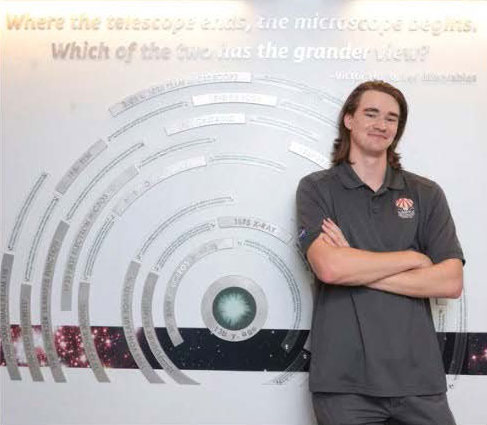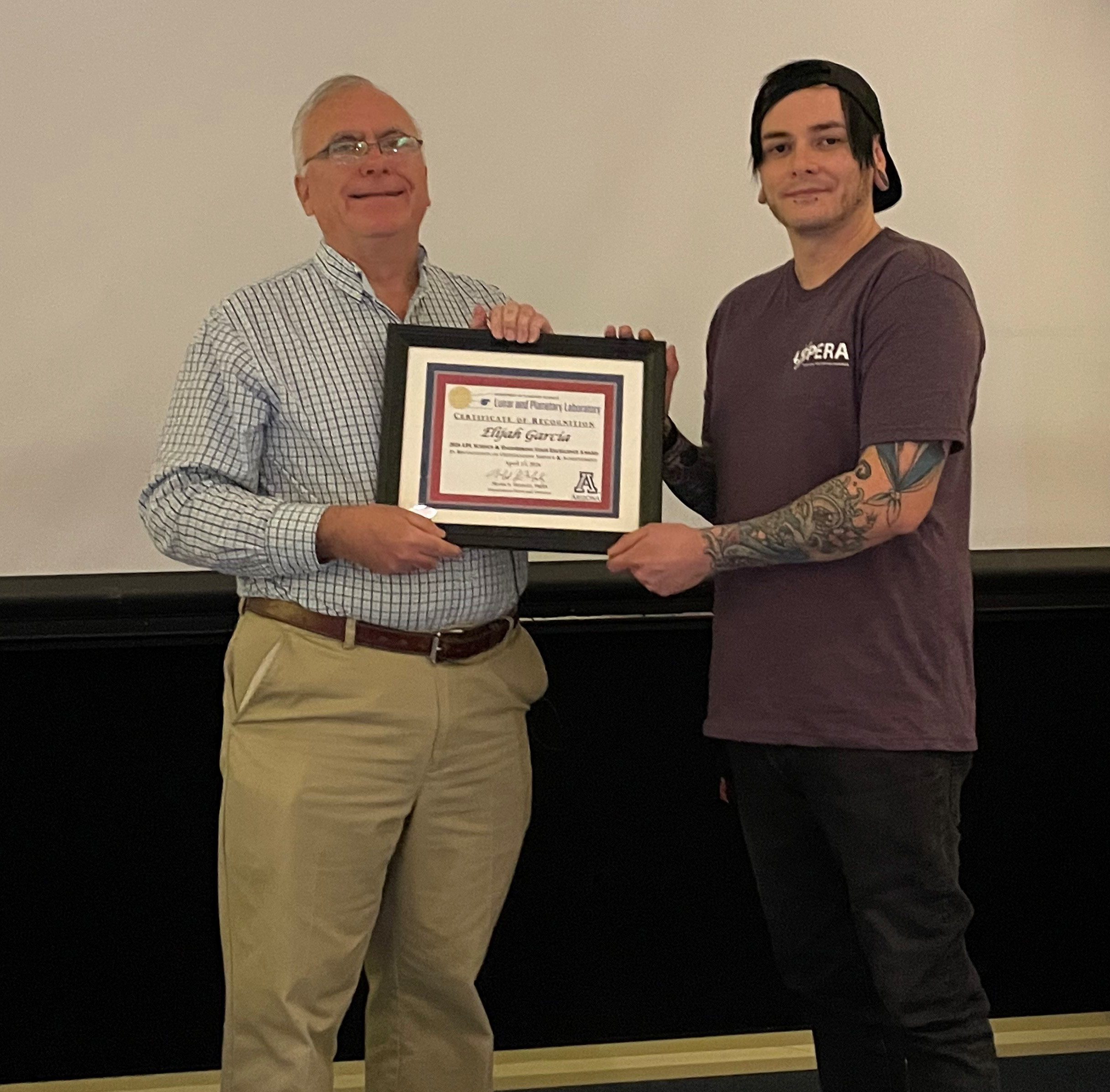 Elijah Garcia is the recipient of the LPL Staff Excellence Award for 2024 in the category of Science/Engineering Staff.
Elijah Garcia is the recipient of the LPL Staff Excellence Award for 2024 in the category of Science/Engineering Staff.
Eli is Manager of Professor Walt Harris’ Optical and Space Flight Instrumentation Development Laboratory. He began his career at LPL as a student in 2016 and soon transitioned to being an essential member of the staff, maintaining a broad range of facilities including two vacuum test systems, a clean room, a darkroom, a mechanical shop, a compressed gas handling facility, chemical storage, and two electronics fabrication stations. He keeps facilities adequately supplied and maintained ensures that users are properly trained for safe use and have required certifications. Eli also serves as procurement lead for the funded research projects in the lab, including working with vendors to develop quotes for what are often highly customized components that will be incorporated into space flight hardware.
Eli is an active participant in the field component of the user groups’ research, essentially extending his expertise beyond the lab. He handles logistics of remote test and flight operations of experiments developed in the lab and assists investigators with all phases of their effort to obtain a successful test or launch, often requiring him to travel to remote locations for up to weeks at a time, during which he has remotely attended to his regular management duties.
Eli is adept at handling needs of multiple projects simultaneously, currently managing four projects with four principal investigators, diverse facility requirements, and a constantly changing set of students, postdocs, and engineers that he keeps certified and operating independently of each other. In addition, Eli takes an active role in mentoring undergraduate students in the lab, volunteering to train these students in lab best practices and routinely goes out of his way to research new and cost-effective solutions to problems that keep our project within budgetary and schedule bounds. Under Eli’s leadership, the lab cleanroom was recommissioned to meet specific program requirements — a success that was described as a “heroic effort.” Thanks, Eli, for your outstanding work in support of optical and spaceflight instrumentation development.


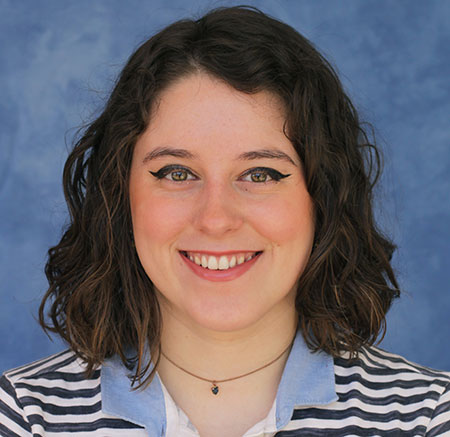
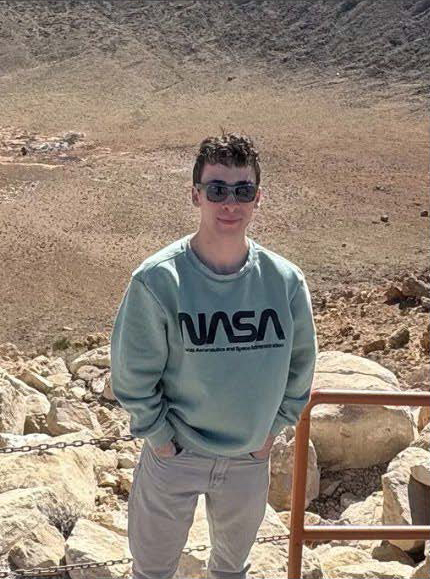 Chad Cantin
Chad Cantin
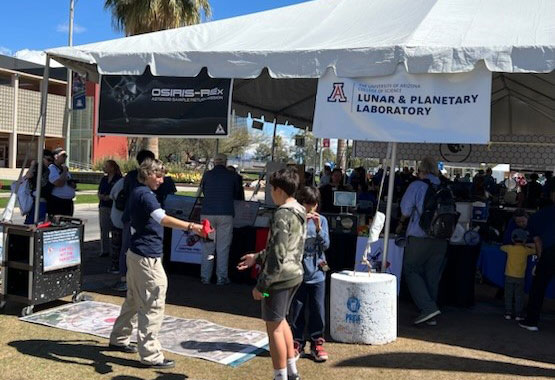
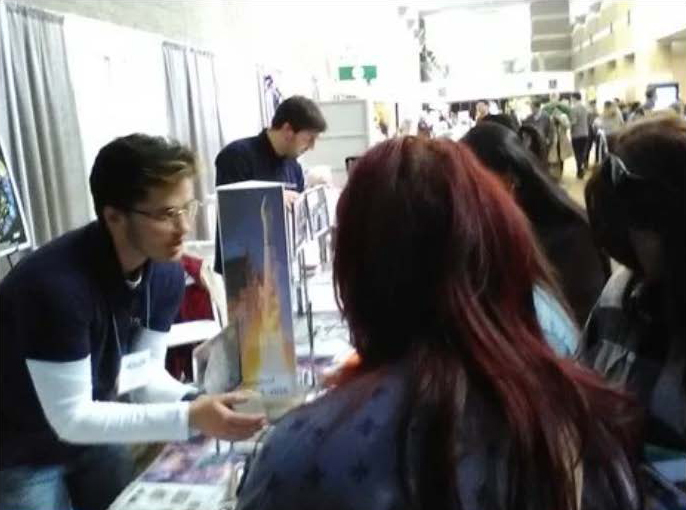
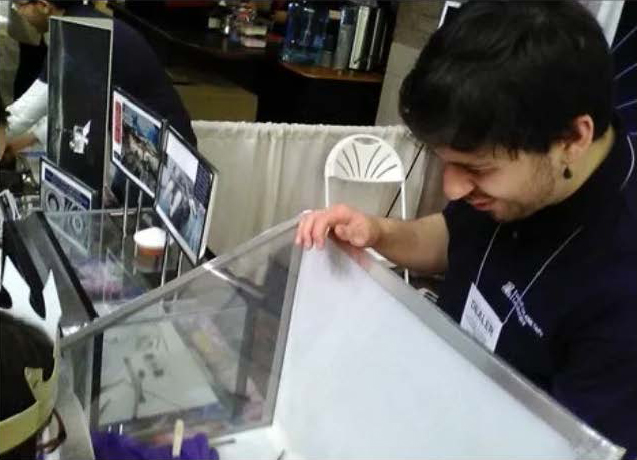
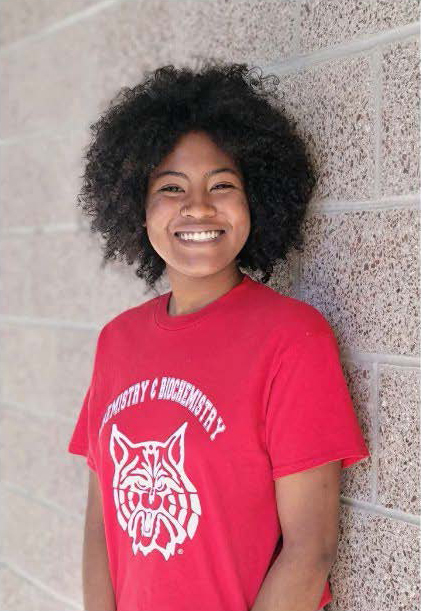 Imani Ralph
Imani Ralph
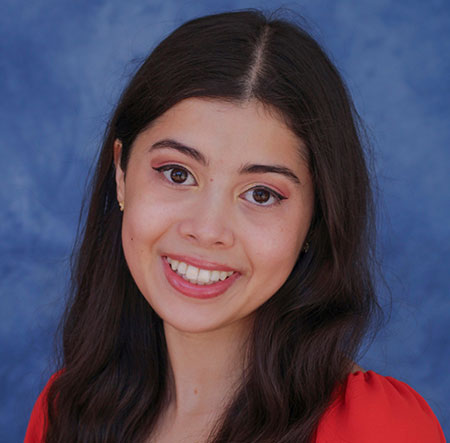 Jada Walters was selected for the
Jada Walters was selected for the 





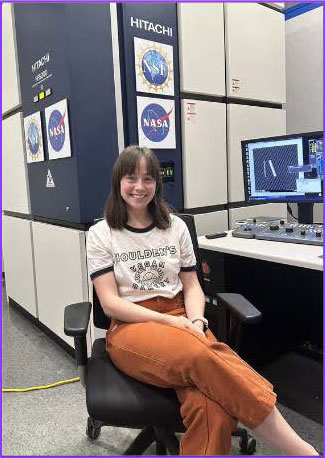 Maizey Benner
Maizey Benner